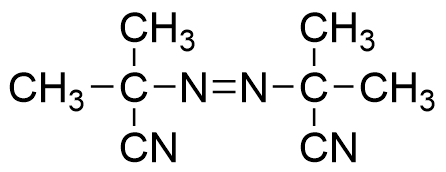RAFT-009
RAFT agents for mass production
This is a one-terminal reaction type RAFT agent that is suited to the polymerization of methacrylate. It can also be used for polymerization of styrene and acrylate.
- One-terminal extension type
- Applicable to acrylate, methacrylate, etc.
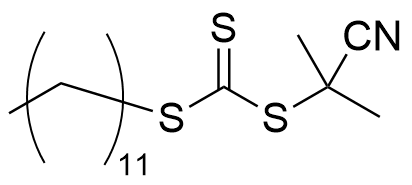
| Chemical name | 2-Cyano-2-propyl dodecyl trithiocarbonate |
|---|---|
| CAS RN® | 870196-83-1 |
| Molecular weight | 345.63 |
Physical properties
| Appearance | Orangish yellow ,oily |
|---|---|
| Odor | Sulfur odor |
| Melting point | No data (liquid at ordinary temperature) |
| Solubility |
Isopropanol, acetone, PGME, PGMEA: Soluble Water: Insoluble |
Storage conditions
| Storage conditions | Store away from sunlight in the refrigerator(lower than 10 °C = 50°F) |
|---|
Monomer compatibility
Styrene〇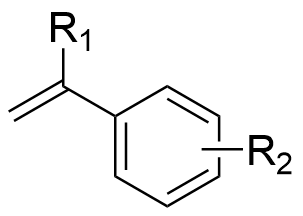
Acrylate〇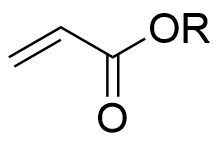
Acrylamide〇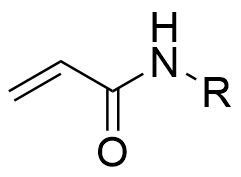
Methacrylate〇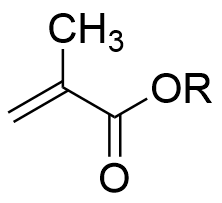
Methacrylamide〇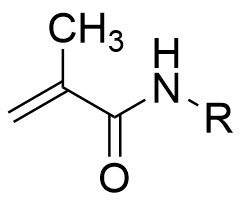
Vinyl ester×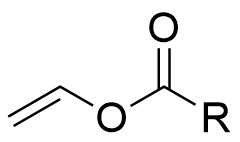
Vinylamide×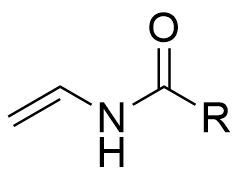
Related items
V-601
- Non-nitrile azo initiator as an alternative to AIBN
- With equivalent polymerization activity of AIBN. Efficiency of polymerization rises in alcohol solvents
- 10 Hour half-life decomposition temperature: 66℃
 View
View
Contact us for more details.
We are waiting for questions and requests on products.

